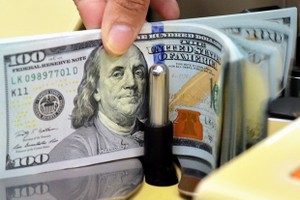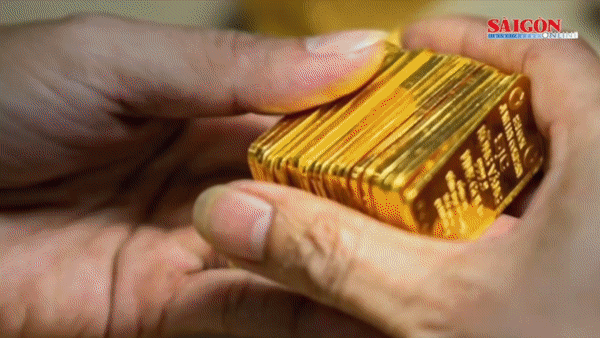After the State Bank of Vietnam devalued the dong by 3.36 percent against the US dollar to stabilize the macro economy, several banking officials have forecast a stronger inflow of US dollar at commercial banks.

The central bank made the devaluation and maintained a 3 percent daily trading band on February 11, a move many banking experts said is necessary to help balance demand and supply and control the trade deficit.
In talks with SGGP, they also said that SBV’s move would encourage businesses to sell US dollars to commercial banks, instead of speculating on the currency causing the same tensions in the monetary market that happened last year.
With the 3 percent trading band, many banks have posted the selling price of US dollar at VND19,100 and lowered interest rates on USD deposit accounts to a maximum of 1 percent per year from 2.5-4.5 percent, they said.
At that price, organizations speculating with a large amount of US dollars would be encouraged to sell the currency to banks, they added.
In addition, the large gap between the interest rate on USD deposits and the rate on VND deposits (10.49 percent per year in most cases) would also encourage the re-selling of US dollars to banks.
Experts commented that the central bank’s move and banks’ response would help prevent the “dollarization” of the national economy and maintain a stable inflow of US dollars to commercial banks.
Currently, the main input of US dollars at banks is from overseas remittances, export earnings and foreign investment, they said.
























